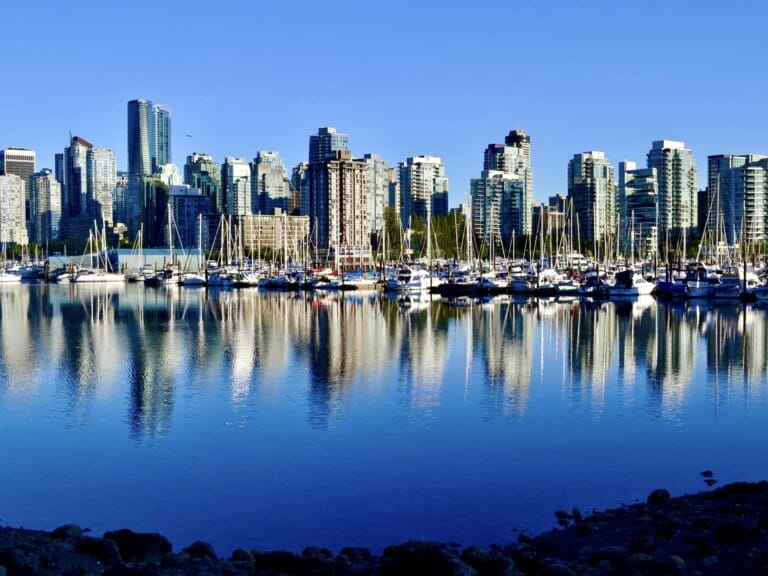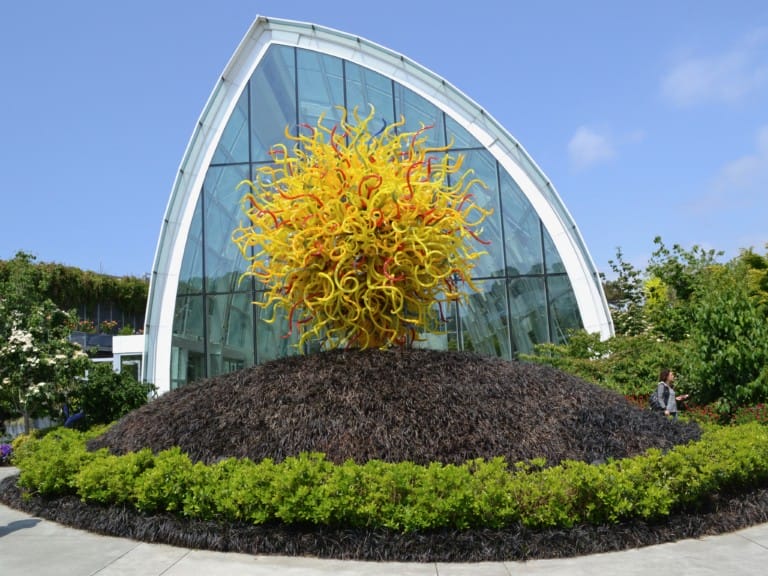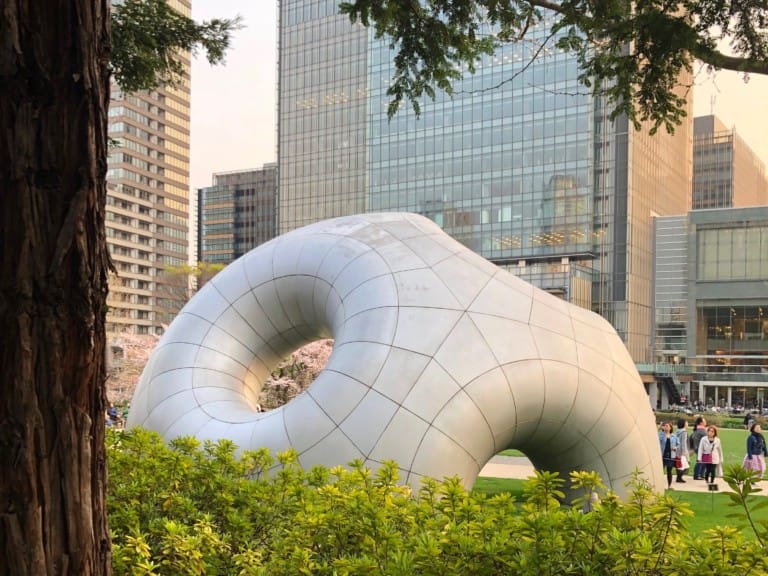Every morning, there’s a ritual that takes place at top coffeehouses that customers rarely see, since it initially occurs before the shops even open. This is the act of “dialing in” coffee, optimizing the grind and dose for each available brew method. On October 28, Intelligentsia welcomed coffee farmers from more than a dozen coffee producing countries to their Extraordinary Coffee Workshop, and employees increased their understanding of how their beans are presented to the public in consumer environments. That process included a demonstration and explanation from Intelligentsia Silver Lake Educator (and seasoned barista) Devin Pedde on dialing in espresso.
Walk me through the dialing-in process. You arrive in the morning and fire up the espresso machine…
The first thing you do is pull a couple of seasoners because the group heads were cleaned with detergent the night before. You want to coat the screen and get it a little bit of coffee inside. From there, there’s kind of a range we work in. Anywhere from about 18 – 20 grams of coffee. I would make sure that’s what’s coming out, then I pull an espresso and watch it and see if it’s running too fast or slow, just watch it. If it’s looking acceptable, like it’s pulling at a proper rate, then I’ll go ahead and taste it. From there, we’ll decide if it’s over-extracting or under-extracting. That would either mean adding more coffee or less coffee, grinding a little finer or coarser.
Is there a point you’ll normally start with in terms of dose and grind?
Dose, I’ll normally start with 18 or 19 grams. Grind is one of those things that’s so subtle, I can’t visually look at it and know. The only way is to pull an espresso, see how long it’s running for and then taste it. That’s the only way, because I can move the grinder very slightly and it would actually have a large impact on what’s happening with the machine, but visually I wouldn’t be able to look at the grind coming out and know if it’s acceptable. All grinders are different. Just because this one’s there and that one’s there, they’re similar looking, but that doesn’t necessarily mean they’ll be putting out the same thing. Tasting is the number one way.
Then you just do it as many times as necessary until you get it to where you want it?
Yeah, it depends. Sometimes coffees can be pretty difficult, so it might take 20 minutes – hopefully not – but usually it takes about 10 or 15 minutes.
Do you reassess later in the day too?
Absolutely. So normally when you get all dialed in and have something you like, you have a timer that you’ll watch and let’s say it’s beautiful, it’s wonderful, and it ran for 23 seconds. That’s when I turn it off. And it’s perfect. Then what I’ll do is control my variables and do everything the same over and over again and just aim for a 23 second mark. That will get me the same product over and over again. I’ll probably start noticing as the day goes on that the espresso’s running faster. So then I would go ahead and reassess. Or maybe it’s trickling out slower than it was before.
Why is it doing that, running faster or slower?
There are different reasons. It’s everything from how warm the room is to the humidity in the air. If all of a sudden it was dry in the morning and raining in the afternoon, that will change the humidity, and that will screw up the grind a little bit. The grinder’s getting hot, the machine’s running hot. There are so many different variables. If you change the coffee, if the roast date is the 24th, now it’s the 26th. That will change it. You can’t really anticipate the changes. All you can do is pay attention to what’s coming out and react to it.

A mural by the back door invites Intelligentsia Pasadena visitors to take a “stairway to heaven.”
Is there one point person during that shift that says, “This is the way to prepare espresso.”
We work in pairs usually, so it’s somebody pulling the espresso and somebody steaming the milk. Usually, they kind of both watch. The person on espresso will communicate to the person on milk what their specs are. “I’m using this much coffee, running it for this long, yielding this much in the cup.” That person can kind of keep an eye on it, if all of a sudden it’s yielding twice as much in the same amount of time, it’s like, “Hey buddy, you should probably check your grind.”
What’s the advantage of working in a pair like that?
Number one, it’s speed. One person does espresso, the other person’s simultaneously steaming milk or putting down a saucer, whatever. You can make drinks twice as fast. But it’s also nice to have an extra set of eyes, too, because if my back’s over here, turned, if something is holding me up and I need to turn one of the extractions off, the person that’s on the milk can quickly turn it off for me. Do you know what I mean? That’s why communication’s important.
It’s always been that way, since you’ve been working for the company?
At Intelligentsia, yeah. Not everybody works in pairs. And it depends how busy it is too. If I’m in the evening, and it’s slower, I might just work the machine myself.
Did I hear you say you’re using 24 grams of Kenya, 18 of Black Cat?
No, it may be running at about 24 seconds. My dose is 19 on here, 18 on there. Yeah, we usually don’t go higher than 20. I try to keep it right around 20, being cost effective, and I think it’s unnecessary to dose more than 20. There are different styles, though. If you go up to the Northwest, you’ll see mountains of coffee – boom, boom, boom – and they’ll jam it all in there.
Why do they do that?
I don’t know, it’s just a style thing.
Does it taste different?
A little bit. It’s normally a little shorter of an espresso, really syrupy, really viscous, not that those are bad things at all, it’s just a different style. Just our style of espresso, 19 grams is usually where we end up.









Leave a Comment